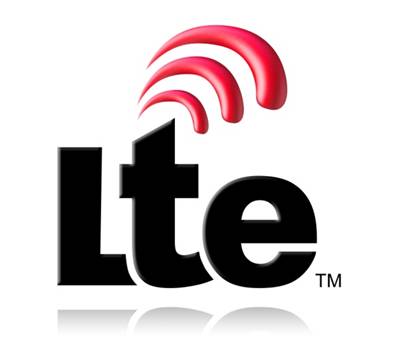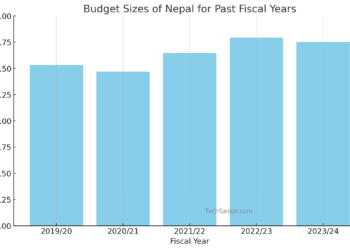 We are hearing news about WiMax in recent days in Nepal (also read our WiMAX coverage written 2 years ago) whereas it is LTE in the western world that has already been deployed. Even though Nepal was the first to announce and launch 3G (?) in South Asia, India has overthrown Nepal in 4G LTE deployment recently, while Nepal still struggling to improve the network coverage of 2.5G. Looks like Telecom mafia has invaded Nepal in recent decade, as a result customers are paying large amount of fees to operators who even don’t care how well their network signals are performing.
We are hearing news about WiMax in recent days in Nepal (also read our WiMAX coverage written 2 years ago) whereas it is LTE in the western world that has already been deployed. Even though Nepal was the first to announce and launch 3G (?) in South Asia, India has overthrown Nepal in 4G LTE deployment recently, while Nepal still struggling to improve the network coverage of 2.5G. Looks like Telecom mafia has invaded Nepal in recent decade, as a result customers are paying large amount of fees to operators who even don’t care how well their network signals are performing.
This time it is about LTE or WiMAX, not specifically about 4G in context of Nepal. So what’s the difference between these two and what is best for us? Why is Nepal lagging to deploy LTE or WiMAX? (we know in words, deployment had started years ago; and even read about WiMAX deployment by Mahabir Pun in the hills.)
With the demand of high internet data traffic consumed in business, gaming, IPTV, video conferences, VoIP calls, monstrous file sharing and now crowding source at-large, faster and reliable wireless broadband has to roll in. The possible candidates right now as we see are LTE and WiMAX. For complete understanding read in what is the difference between WiMAX and LTE?
 WiMAX was designed and developed primarily with the data communication in focus whereas LTE has proceeded as the only option for 4G network (LTE Advanced even for 4G+) with both data and voice as a major player. However, with our presuming parameter of a better solution for Mobile Broadband between WiMAX and LTE, and in Nepalese context of economy, geography, and telco politics; there are clear options to which to be adapted for telecom sustainability for years. In both the cases, bandwidth is atleast in Mbps (30-40Mbps in mobile and upto 1Gpbs in stationary condition at max as) opposed to just a few data rate of 3G technology.
WiMAX was designed and developed primarily with the data communication in focus whereas LTE has proceeded as the only option for 4G network (LTE Advanced even for 4G+) with both data and voice as a major player. However, with our presuming parameter of a better solution for Mobile Broadband between WiMAX and LTE, and in Nepalese context of economy, geography, and telco politics; there are clear options to which to be adapted for telecom sustainability for years. In both the cases, bandwidth is atleast in Mbps (30-40Mbps in mobile and upto 1Gpbs in stationary condition at max as) opposed to just a few data rate of 3G technology.
There is enough backward compatibility with LTE, meaning the present 3G network can be upgraded to 4G in minimum changes than would require for WiMAX which would otherwise not be possible at all. Last February Nepal Telecom said that they are setting up 1,500 hotspots under WiMAX broadband technology in major cities, though we know it is in paper works, there is still reasonable technology change or upgrade which could provide network and broadband sustainability for long. If only data broadband connectivity is to be considered then WiMAX is no doubt the better choice, whilst LTE could provide both telco and data services at once. Even a research study shows LTE is going to dominate 4G cellular.
However, since rural and remote areas has to be connected under high speed broadband internet in Nepal, for that WiMAX is a good investment as is done in Project Wireless Nepal by Mahabir Pun. This technology is more reliable in rural, suburb and remote areas and better compared to other broadband technology based on impedance, line of sight, quality of network and other data communications parameters.
We are still waiting for better western-style internet speed and services in Nepal. So, we welcome the latest technology and encourage telco providers for the same.
Also read: Nepal is opened for 4G and ITU to assist Nepalese broadband








